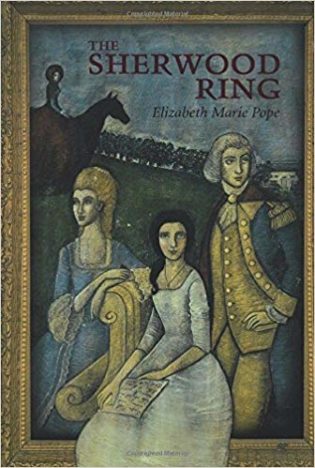 The Sherwood Ring by Elizabeth Marie Pope
The Sherwood Ring by Elizabeth Marie Pope Published by Houghton Mifflin on 2006 (first published Dec. 1958)
Genres: Historical Fiction, YA (Young Adult)
Format: Hardcover
Source: my personal collection
Purchase: Amazon | Bookshop | Barnes & Noble
Add to Goodreads

Newly orphaned Peggy Grahame is caught off-guard when she first arrives at her family's ancestral New York estate. Her eccentric uncle Enos drives away her only new acquaintance, Pat, a handsome British scholar, then leaves Peggy to fend for herself. But she is not alone. The house is full of mysteries—and ghosts. Soon Peggy becomes involved with the spirits of her own Colonial ancestors and witnesses the unfolding of a centuries-old romance against a backdrop of spies and intrigue and of battles plotted and foiled.
Review
The Sherwood Ring has been one of my favorite children’s/YA books for decades. I first discovered it shortly after college. I had fallen in love with Elizabeth Marie Pope’s only other YA novel, The Perilous Gard, a few years earlier, but I was unaware that the author had written another book. And then one day I stumbled across The Sherwood Ring, gasped in surprise and delight, and devoured it in a single sitting.
Based on the title, I was expecting something to do with Robin Hood. What I found was something completely different from either Robin Hood or The Perilous Gard‘s Elizabethan setting, but fully as satisfying as either.
The setup recalls the gothic novels popular in the 1950s. 17-year-old Peggy Grahame, orphaned when her artist father dies, is entrusted to the dubious care of her Uncle Enos at Rest-and-be-thankful, the family estate in upstate New York. Uncle Enos isn’t cruel or strict, but he seems very worried over something he refuses to discuss. And he is even more neglectful than Peggy’s father, paying her little attention and spending most of his time obsessively engaged in historical research, only taking the time to forbid Peggy’s new acquaintance Pat, an English research student, to set foot on the property or pursue his friendship with Peggy. In fact, Uncle Enos behaves very much like an 18th-century head of the family…and lives like one as well. A stickler for historical accuracy, Enos hasn’t allowed the house or estate to be modernized in any way; there isn’t even a telephone. So perhaps it’s not surprising that the house has ghosts.
But here the book departs somewhat from gothic tropes. Far from the chilling ghosts of a gothic novel, the ghosts of Rest-and-be-thankful are kind, helpful; aside from their 18th-century attire and their ability to appear and disappear, they are difficult to distinguish from living people. They’re also remarkably loquacious. The stories they relate make up a narrative-within-the-narrative, more interesting than the present in Peggy’s (and most readers’) eyes. Their tale involves Revolutionary War-era espionage in the form of an underground Loyalist resistance led by an intelligent, wily British officer, and the attempts of one of Peggy’s ancestors to capture him. Intertwined with the drama and excitement are several romances. And as the ghosts unfold their stories, Peggy begins to suspect that whatever is troubling Uncle Enos is somehow linked to the secrets of the past.
 I’ll be honest: for me, the best character in the whole book is the British officer. He’s affable, quick-witted, honorable, and somehow both arrogant and self-deprecating, all of which add up to a thoroughly charming rogue. But the other characters are delightful as well, with the notable exception of Uncle Enos. Peggy’s ancestor Barbara, beautiful and headstrong, is a force to be reckoned with, and the other two ghosts are are interesting as well. Peggy herself is intelligent and sympathetic, with an inner strength that becomes more apparent as time goes on. And Pat is friendly and practical, though his sense of humor masks a firm determination.
I’ll be honest: for me, the best character in the whole book is the British officer. He’s affable, quick-witted, honorable, and somehow both arrogant and self-deprecating, all of which add up to a thoroughly charming rogue. But the other characters are delightful as well, with the notable exception of Uncle Enos. Peggy’s ancestor Barbara, beautiful and headstrong, is a force to be reckoned with, and the other two ghosts are are interesting as well. Peggy herself is intelligent and sympathetic, with an inner strength that becomes more apparent as time goes on. And Pat is friendly and practical, though his sense of humor masks a firm determination.
The Sherwood Ring holds up surprisingly well for a 60-year-old book. It is of course dated in the details of the “modern” portions of the book: there are no cell phones, for instance, and no computers to aid Uncle Enos in his historical research. The book is dated in its assumptions as well: no one suggests that Peggy should go to college or prepare herself for a career, and she is considered old enough to think of marriage. And yet none of that matters. Rather than coming across as contemporary-but-dated, the sections set in Peggy’s present simply feel like more recent history than the Revolutionary War sections; that both are historical from the reader’s perspective may actually add to the charm of the book.
The Sherwood Ring is still available in paperback (links above.) If you enjoy YA historical fiction, I highly recommend it.
******
Challenges: PopSugar Reading Challenge 2019: #36 – a ghost story
Reading this book contributed to these challenges:
- POPSUGAR Reading Challenge 2019

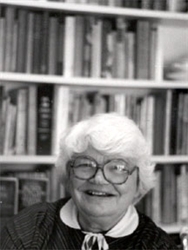

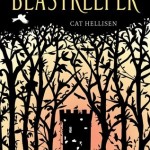

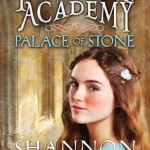

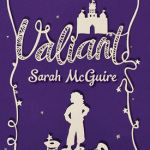






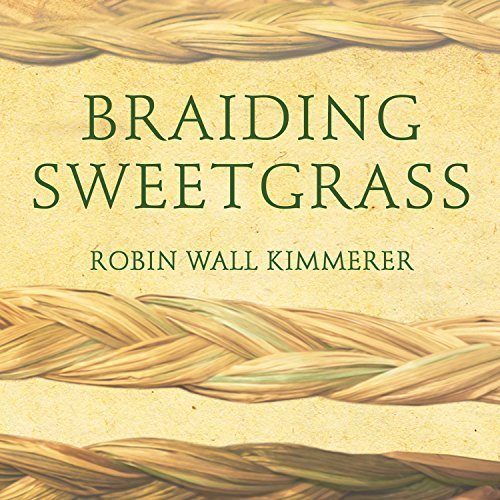
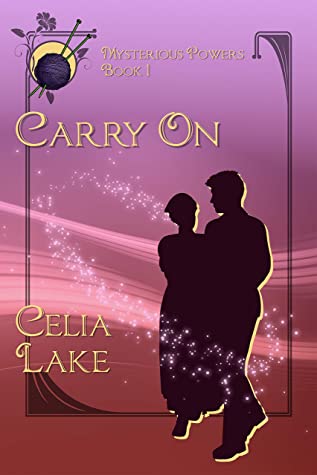

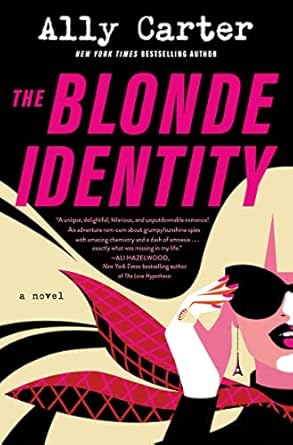
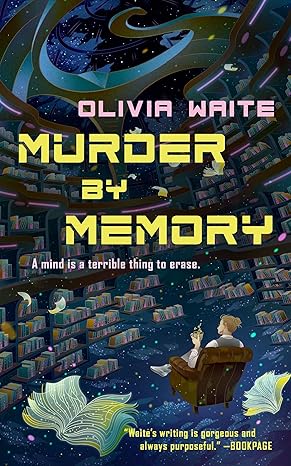
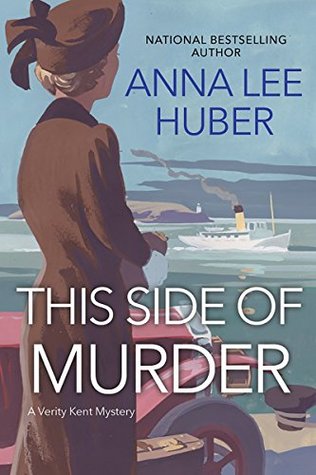
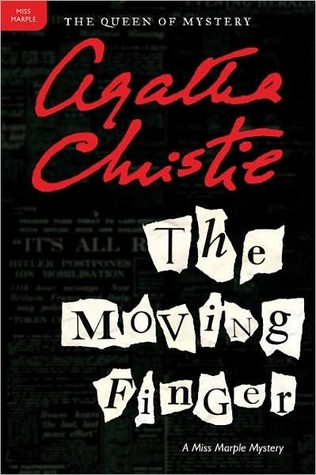
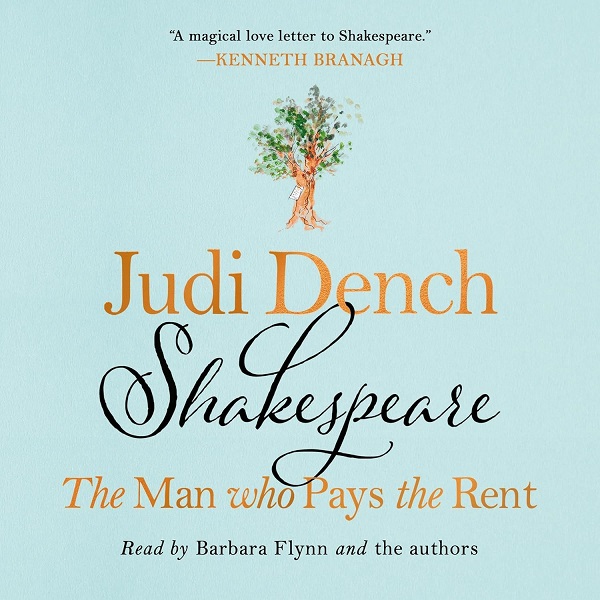
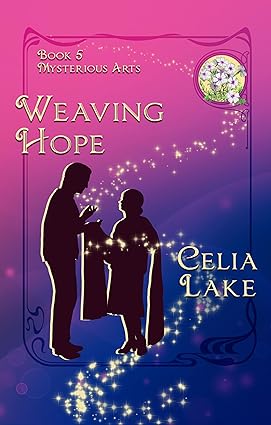
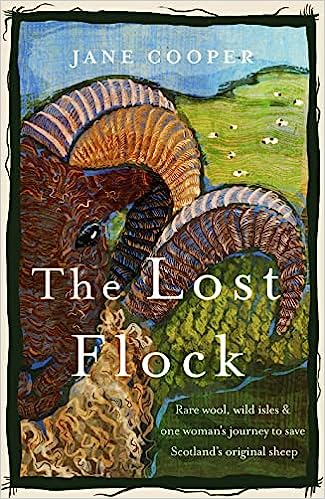
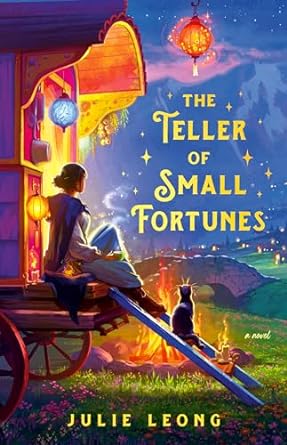
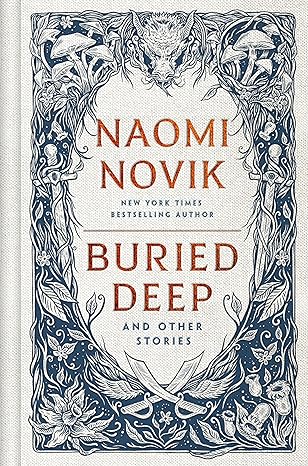
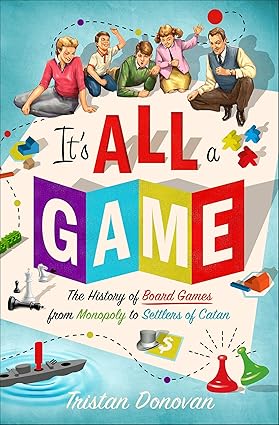
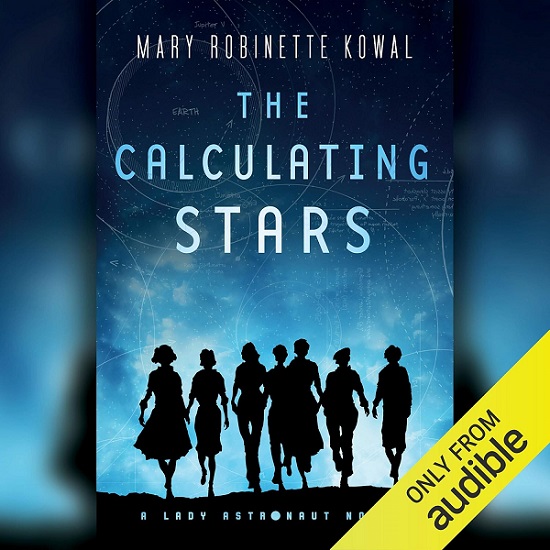
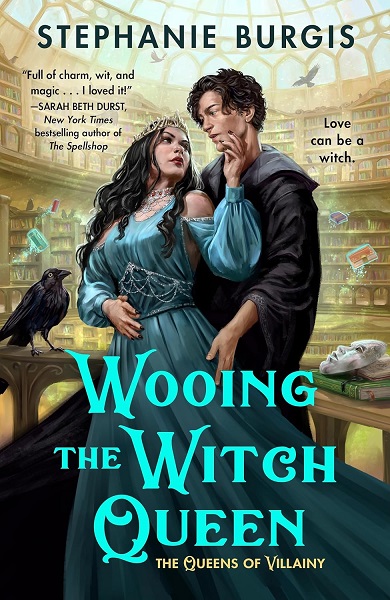

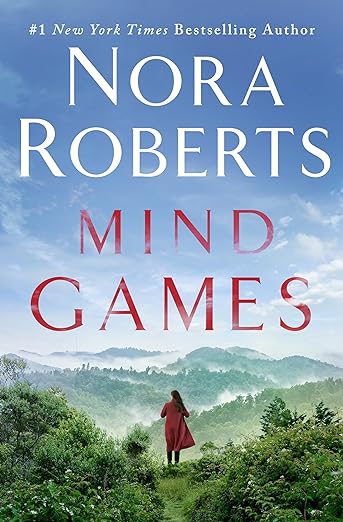
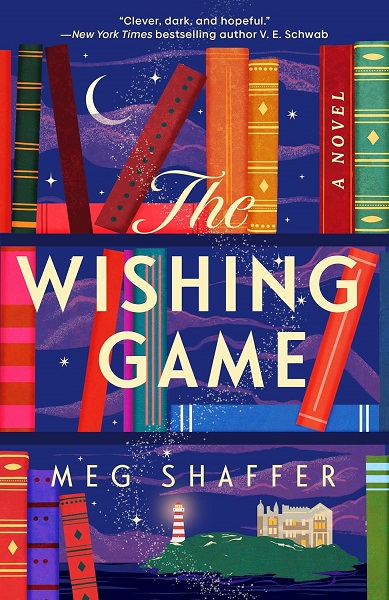
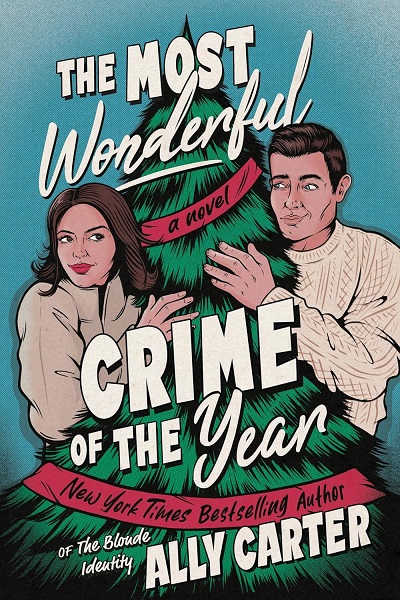
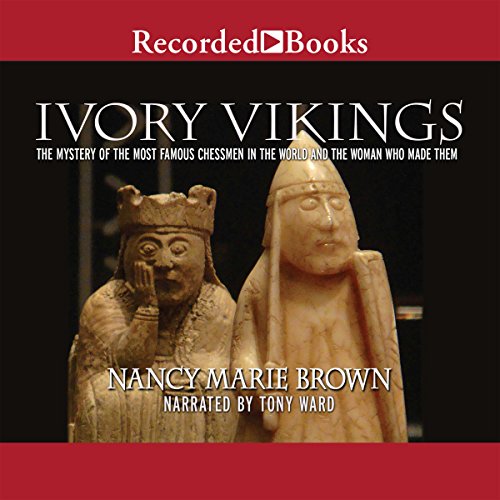

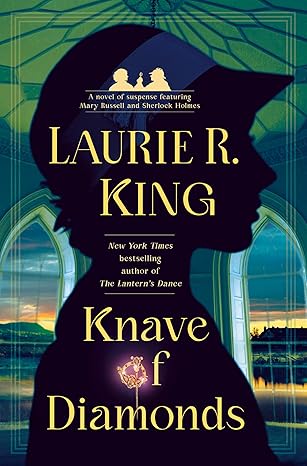






Lark
Fun! Orphans and ghosts…what more could you want? 🙂
Lark_Bookwyrm
It’s a wonderful book! I wish I had discovered it in my early teens, but even though I didn’t find it until my early twenties, I still love it.
Katherine Pitts@ I Wish I Lived in a Library
Oh this sounds wonderful and like the kind of book I would have love and I have no idea how I missed it for so long. I’m always surprised how some older books manage to feel undated after so many years!
Lark_Bookwyrm
Knowing you and the books you like, I think you would love The Sherwood Ring, and probably The Perilous Gard (her other book, completely unrelated) as well.